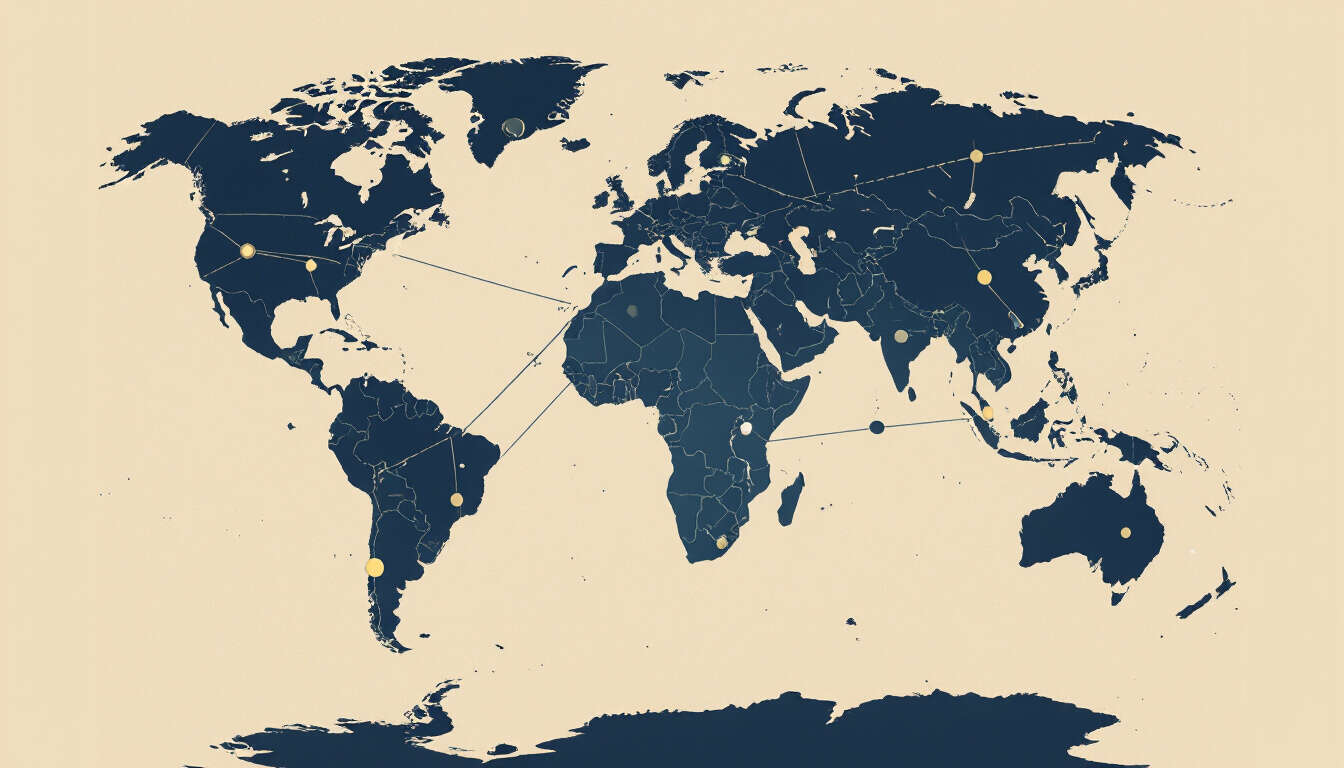Strategies for Global Expansion in SaaS
 by Lilian Nienow
by Lilian Nienow
Global expansion offers SaaS companies new opportunities for growth by entering diverse markets. Effective strategies involve careful market analysis, product adaptation, and strategic partnerships to overcome challenges and achieve sustainable success.

Global expansion is a key growth opportunity for SaaS companies aiming to reach wider audiences. For instance, consider how a company like Zoom transformed its operations to enter new regions. By focusing on market analysis, they identified high-potential areas based on user demand and economic factors.
One effective approach is adapting products to local needs. A case study of Slack shows how they modified features for different languages and cultural preferences. This adaptation helped them gain traction in Europe and Asia, demonstrating the value of user-centric adjustments.
Partnerships play a crucial role in this process. For example, Salesforce built alliances with local providers to navigate regulatory environments. These collaborations provided access to established networks and reduced entry barriers.
Another strategy involves building a strong operational foundation. Companies like Dropbox prioritized scalable infrastructure to handle increased demand. By investing in cloud resources early, they ensured seamless performance across borders.
Financial planning is essential for sustained success. In a case from Shopify, they managed costs through phased rollouts, allowing for gradual investment in new markets. This method minimized risks and optimized resource allocation.
Key Insights from Successful Expansions
From these examples, patterns emerge that guide future efforts. First, thorough preparation through data gathering sets the stage. A study of HubSpot revealed how targeted campaigns based on regional insights led to higher engagement rates.
Second, team development is vital. Companies often hire locally to bring in expertise, as seen with Atlassian's approach in Australia and beyond. This strategy fostered innovation and improved customer support.
Challenges such as currency fluctuations and data security must be addressed. For instance, NetSuite implemented compliant data practices to meet varying standards, ensuring trust in sensitive markets.
In summary, these strategies highlight the importance of proactive planning and learning from real-world applications. By applying lessons from leading SaaS firms, businesses can pursue expansion with confidence and achieve long-term gains.
Practical Steps for Implementation
- Conduct initial assessments to evaluate market fit.
- Develop localized versions of your product.
- Form strategic alliances for support.
- Monitor performance metrics regularly.
- Adjust based on feedback from early adopters.
This structured approach, drawn from case studies, equips companies to thrive in competitive landscapes.
